The client brief was to design a K-12 school in one of the Mumbai suburb’s. The key challenge was to provide for constructing the building in three phases and to ensure a non-rigid environment. The fact that the The Green Acres Academy was going to be built in a phased manner over 5 to 8 years, presented an opportunity to design a building that grows. The very high land rates in Mumbai coupled with regressive building regulations made it very challenging to introduce un-programmed spaces beyond the design program. It also implied a vertical school building. The challenge was to create a horizontal feel within the vertical environment. Green Acres Design Concept A child enters a school as a toddler and leaves as a teenager. It was important that the design remains valid for generations of children. It was also important that a school went beyond the 3 dimensions of...
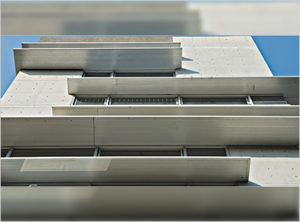
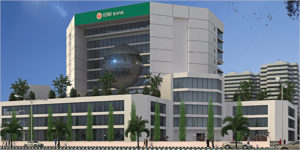
Hardware Supporting Energy-Efficient Building Elements is in Dire Demand
WFM: Please comment on the need for choosing the right kind of hardware for windows, doors and façades. Hiten Sethi (HS): Architectural hardware is becoming increasingly design-oriented. Any architectural hardware shall ideally provide the highest level of performance, security & safety without compromising on aesthetics. Hardware used for doors, windows and façades influences the overall look of any architectural project, hence choosing the right ones is of utmost importance! Selection criteria should be based on - firstly, the level of performance which means satisfactory operations and durability. Secondly, no compromise shall be practised about the visual appeal of hardware. Designs of hardware - the colour, texture and finish chosen - can be altered and redesigned based on demand. Ideally hardware product manufacturers should aim for products to perform, be durable and have an aesthetic finish, all balanced together. The overall quality of hardware matters because whether concealed or visible,...
Posted on: 18 Oct 2016
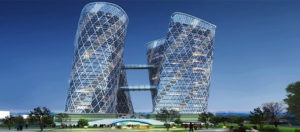
Smart Facades Responsive Designs for Optimal Day Lighting & Energy Conservation
Façade and fenestration are often considered the biggest hurdle in achieving higher levels of energy efficiency in buildings. Buildings have evolved from being predominantly passive systems to having high levels of internal control due to the addition of man-made materials. With the increase in artificial lighting in buildings in the 20th century, the size of fenestrations was reduced significantly as well as dependency on them. They now occupy only about 15 to 20 per cent of wall surface area and play many roles including supplying daylight, providing views, acting as ventilators, noise and heat insulators and glare protectors. Windows not only add to aesthetics but are also a significant component of heating and cooling costs. [caption id="" align="alignleft" width="160"] Ar. Vivek Bhole, Chairman & Managing Director, Vivek Bhole Architects Pvt. Ltd[/caption] Building owners opt for the most efficient façade and fenestration system which contributes to energy conservation and, thereby operational...
Posted on: 04 Jul 2016
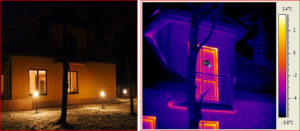
Role of Sealants, Foams & Adhesives on Energy Conservation in Buildings
Energy Conservation has gained momentum in recent years. The increasing demand for energy efficiency has influenced the technical development of right construction methodology and usage of right products for façades and windows. Nowadays advanced and technically superior innovative solutions are available which are cost effective and facilitate greener buildings with a low carbon footprint. On an average depending upon the location in the world, it is observed that buildings consume more than 30 – 40 per cent of energy. In extreme cold and hot regions this consumption may go more than 40 per cent as well. [caption id="" align="alignnone" width="364"] Air Tightness and Insulation[/caption] Windows and façades are few of the most important factors while considering the overall energy efficiency of a building. Therefore the requirement and selection of right construction methodology and right products is very important and it helps in achieving the overall performance. Special type of products...
Posted on: 17 Jun 2016
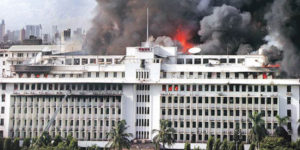
Passive Fire Protection – Saving Lives
The possibility of a fire in a tall building is always an emotive subject as the potential for loss of life is that much higher. There is a long history of fatal fires in tall buildings dating back well over 60 years. In 1946 a fire in the Winecoff Hotel, Atlanta GA cost 119 lives, many as a result of jumping. Other notable disaster such as the Joelma Building¹ in São Paulo, Brazil (179 deaths), Hotel Dupont Plaza¹ in San Juan, Puerto Rico (97 deaths) and the Garley Building¹ in Hong Kong (41 deaths) have made those responsible for building codes and regulations around the world sit up and take note. India has also suffered its fair share of high rise fires. Mantralaya is the administrative headquarters of the state government of Maharashtra in South Mumbai and in 2012 a faulty electrical circuit led to a fire in the 7...
Posted on: 18 Apr 2016
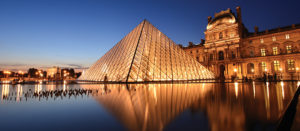
Design for Daylight
Today, as we are progressively spending, close to 90 per cent of our time indoors – working or at leisure, the need to feel connected with the outdoors, and the natural world is also growing. A key factor catering to this need is exposure to daylight. It is more than just vitamin D, the pull of the natural view outside is built into our psyche; and this pull is addressed by the comfort that daylighting strategies in building designs, bring in. So what is Daylighting? What is the source of Daylight? How does it affect us? And if it does affect us, what amount of daylight is good? How can access to Daylight, while staying indoors, be addressed? These are some questions that come to our mind, naturally. What is Daylight? It is a carbon-neutral renewable source of energy and can replace up to 80 per cent of lighting energy...
Posted on: 14 Jan 2016
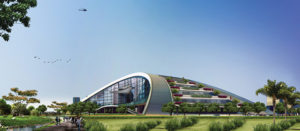
Green Buildings: Thermal and Acoustic Environmental Requirements
Today, we have gone past the point where going ‘green’ was an option. It has now become an absolute necessity. The concept of green building design relies on minimising the demand for non-renewable resources and optimising the use of natural resources as far as 70 per cent. As a nature green buildings have unique characteristics of having an exposed aesthetics featuring original building materials. An energy-efficient building is one that can reduce energy consumption by at least 35 per cent as compared to a conventional building. Designers utilise the thermal mass by radiating the heating and cooling comfort to better the thermal environment of the building, thereby reducing energy consumption. A responsive building facade is one of the important components to achieve energy efficiency by reducing the need for cooling, lighting and ventilation. Facade design and construction specifications have great potential in controlling its interior environment, through the use of...
Posted on: 14 Jan 2016
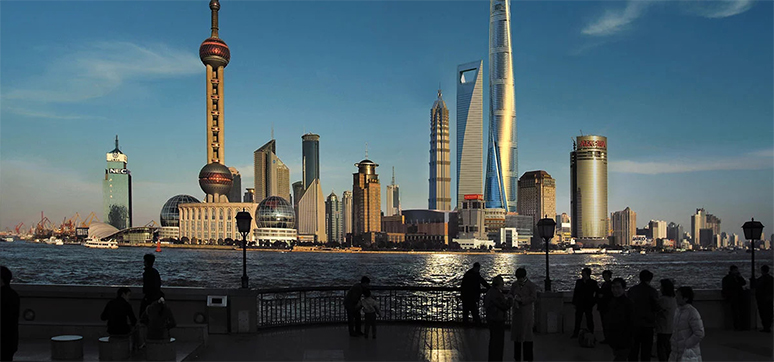
Shanghai 632 Meter Tower Façade Design: The Complexities and Decision-Making Process Involved in Developing the Final Design
ABSTRACT Shanghai Tower is a 124-level, 632m (2074ft) tower, with a gross floor area (GFA) of 380,000m² (4,090,320ft²) above grade. It is arranged in nine vertical zones and is shaped as a combination of efficient footprint with circular floor plates forming stacked cylinders from 12 to 15 stories in height “interrupted” with MEP/refuge floor areas that create zone divisions. These cylindrical shapes are enclosed with a rounded-apex triangle profile as outer skin allowing for introduction of a Sky Garden concept that utilizes the “dual skin” façade approach – atypical double skin façade.In considering the façade design, Gensler introduced a combination exterior and interior curtain wall system resulting in a high-performance façade, totaling 210,000m² (2,260,440ft²) of glazing area. To refine the tower’s shape and respond to its location efficiently, a series of wind tunnel tests were conducted to measure the region’s largest natural forces: the typhoon and other strong prevailing winds....
Posted on: 24 Aug 2015
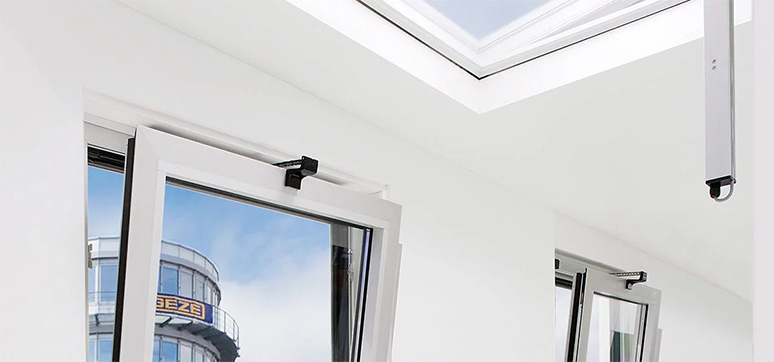
Natural Ventilation – A Vital Essence of Green Building
Introduction to Natural Ventilation: Ventilation in a building is a very important and crucial factor that ensures hygiene for its occupants and at the same time, provide comfortable and an ideal controlled ambiance. The Invention of Ventilation, ‘Natural Ventilation’ to be more precise, cannot be ascribed to a certain date. The first attempt on ventilation was made as early as the stone-age period of pre-historic times, when man used fire to produce heat for preparing food and to keep predators away. In this process, he discovered the need to have an opening in the roof of their caves to let out the smoke and simultaneously to supply air to keep the fire burning. The warm temperature out of the fire, along with ventilation in roof top, created a comfortable ambiance for the stone-age man living in caves. The concept of ventilation can be seen very predominantly in the ancient buildings...
Posted on: 15 Jul 2015
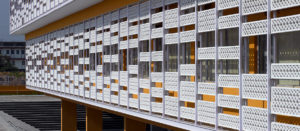
Environmentally Responsive Passive Habitat – PEARL ACADEMY OF FASHION JAIPUR
Introduction: Located in a typical hot dry climate, 20 kilometers further from Jaipur, Pearl Academy of Fashion, boasts of a radical architecture that emerges from a fusion of the rich traditional building knowledge bank and cutting edge contemporary architecture. Various passive environment control methods have been incorporated in the design to reduce the dependence on mechanical methods due to the inherent budgetary constraints and the need to combat the adverse climate. Adaptations of traditional Indo-Islamic architectural elements and passive cooling strategies such as open courtyards, water body, a step-well or baoli and jaalis (perforated stone screen) have been incorporated giving the building a distinct feel of ancient-modern confluence. The Façade: The building is protected from the environment by a double skin façade, which is derived from a traditional building element called the ‘Jaali’ that can be found in abundance in traditional Rajasthani architecture. The double skin acts as a thermal...
Posted on: 09 Jul 2015
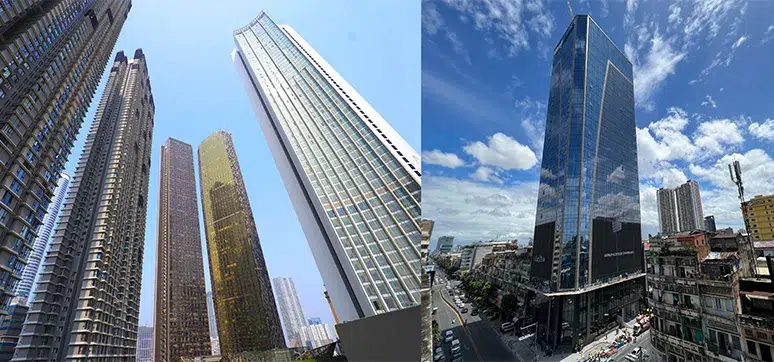
Future Façades Will Be Multi-Functional & Interactive
Most of the clients today want big glass windows. How can these be designed more sustainably? Big glass windows not necessarily will have a negative impact on sustainability, it may even help to optimise since fewer framings are needed. The glass industry is transforming rapidly which allows the manufacturing of large glass panels. The trend of big glass windows perhaps is the outcome of advancements in glazing technologies. [caption id="attachment_57419" align="alignleft" width="301"] Wing Tower, Cambodia[/caption] How can we improve the energy performance of any building through proper façade and fenestration designs? For hot climates prevalent in several regions of India, shading glass windows or façades will be a highly economical way to reduce heat from the façade. Furthermore, various passive design approaches such as orientations will help to achieve higher energy efficiency. What are the passive/active ways to ensure thermal comfort through natural ventilation and optimising natural light within a...
Posted on: 29 Apr 2024
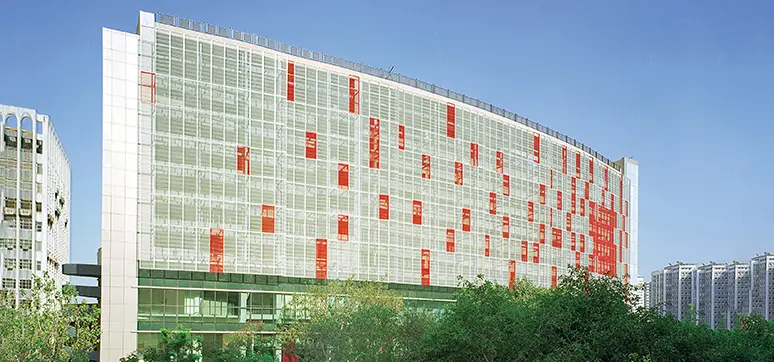
“Sustainability is Not Just About Getting Some Rating. It’s About Following a Set of Principles”
Could you please tell us about your company and how did you enter the field of Architecture? I’m an architect and I did my bachelor’s program at the School of Architecture (Centre for Environmental Planning and Technology, CEPT) in Ahmedabad. I am fortunate to have the opportunity to study under the masters like Ar. Anant Raje and Ar. B. V. Doshi. This was in the late seventies and the early eighties. After completing my Bachelor’s degree in Architecture in 1984, I worked in Mumbai for a couple of years with a firm called Architects Combine. It was a very prominent firm at that time under Ar. Kamu Iyer, who is no more. In 1986, I decided to go abroad to the United States to pursue my Masters in Urban Design, and completed it at Harvard University at the Graduate School of Design, Harvard (1986 to 88). After working with a...
Posted on: 08 Mar 2024
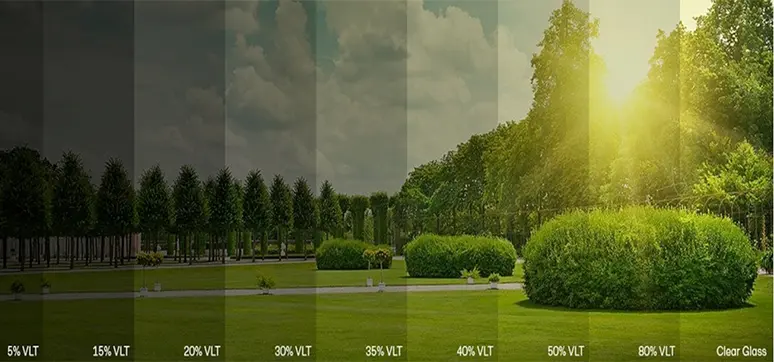
Future Façades Shall be Seeing Rapid Integration of Renewable Energy Technologies, such as Photovoltaic Panels or Solar-Integrated Cladding
As smart building technologies become more prevalent, how do you see façades integrating with these systems to enhance overall building performance? Smart technologies today are not just prevalent but have become an integral part of our lives. With apps controlling the lights, air-conditioning, entertainment, coffee machines, and whatnot, building fenestrations are not untouched by smart technologies today. From integrated blinds within IGUs, digitally controlled and programmed electro-chromatic glass products, to dynamic shading devices that can change orientation, position, and location, to daring adventures where roofs and façades are designed to function dynamically to control light and visibility, façades have come a long way. All these features being connected to building automation and maintenance systems make it even more relevant today. Apart from thermal performance, intelligent smoke and ventilation systems involving façade automation, which are triggered in case of emergencies to help mitigate fire risks elevate the building performance above and...
Posted on: 05 Mar 2024
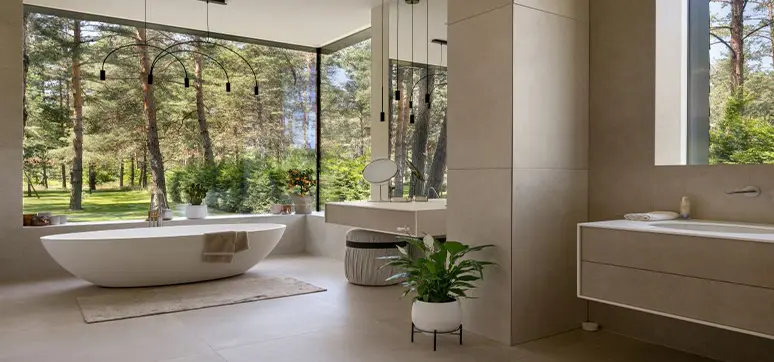
“The Demand for Environmental Friendliness is still Very Strong, and Our Product Meets all the Current Requirements”
In a conversation with Window & Façade Magazine, Leonid talked about the journey of Aestech, their products & and projects, major challenges façade in the industry, and so on. Here are the excerpts… Could you please share the journey of Aestech since its inception? The history of Aestech began long before the company with this name was founded, namely with the emergence of frameless glazing technology using high- strength double-glazed windows in 2007. Over time, we have attracted more and more supporters of our solutions based on high-strength glass units. As a result, we have now grown into a company with a close-knit team, a line of high-tech products, and several offices and representative offices in different countries and on different continents. What are the products you offer? We do not offer products, but solutions using our products. A client comes to us with a request, and we develop a...
Posted on: 23 Feb 2024

Mohammed Umar
Mohammed Umar is a postgraduate student of the M.Tech. Building Energy Performance program at CEPT University. Being a passionate building energy professional, Umar is an architect with two years of experience, having worked on regional and international BIM projects. The areas of work include whole building design (building energy-use optimisation through passive and active interventions), financial feasibility of energy conservation measures, data analysis, thermal comfort analysis, and optimisation of HVAC systems. Together with a team of 3 batchmates, he is the recipient of the prestigious Student Building Simulation Award at the 18th International IBPSA Building Simulation Conference 2023, held in Shanghai, China. Currently working on the analysis of large energy- use datasets of net-zero buildings, Umar’s goal is to engage in projects that assist in the implementation of Environmental, Social and Governance objectives.
Posted on: 02 Feb 2024
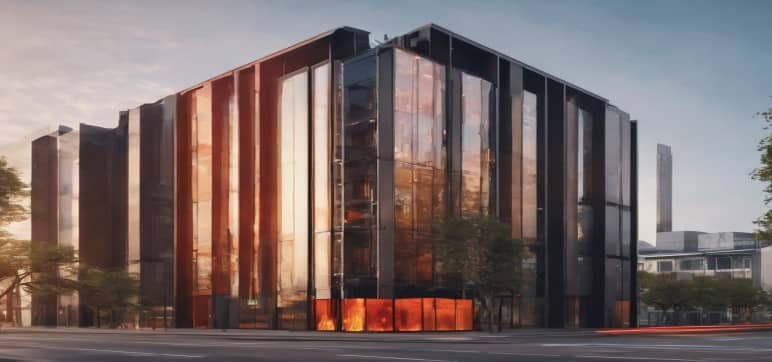
“Systems which Fail the Tests Described in ISO 13785-1:2002 should be Eliminated”
Nowadays, responsible designs & constructions are integrating façade fire safety right from the designing & planning phase - fire-resistant materials of construction are used (e.g. FR ACP, FR High-Performance Glass, ACM), evacuation spaces are provisioned, firefighting systems are integrated, etc. Active fire protection is primarily the action is about detecting, stopping and escaping fire. Automatic fire detection & alarm system • Automatic sprinkler/spray system Total flooding systems/fire suppression systems Foam pourer system Fixed water monitors Fire extinguishers Fire hydrant system/standpipe/yard hydrants Fire hose reels Ventilation & evacuation Passive fire protection breaks the building into compartments and prevents the spread of the fire through the use of fire-resistance-rated walls and floors and contains the fire. Separation & compartmentation of vertical openings (stairways, exits, hazards, etc.) Smoke and fire dampers Fire doors • Fire stops Intumescent fireproofing/coatings STANDARD FIRE TESTS FOR MATERIALS ISO 13785-1:2002 specifies a screening method for determining the reaction...
Posted on: 18 Nov 2023

